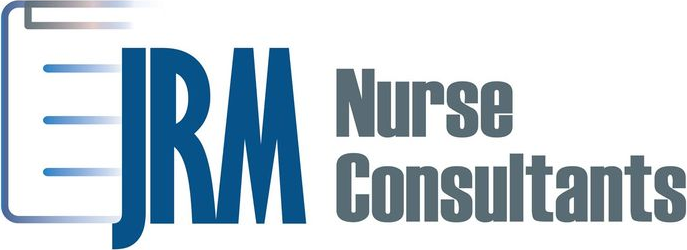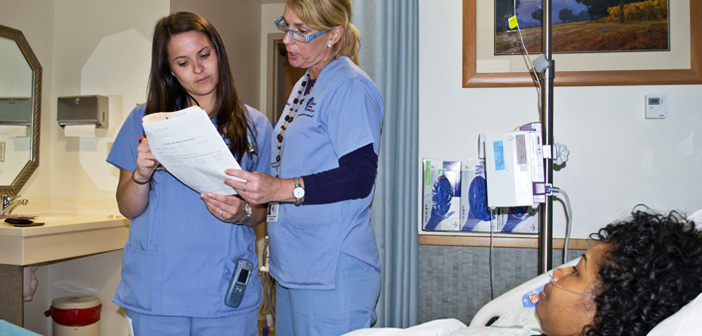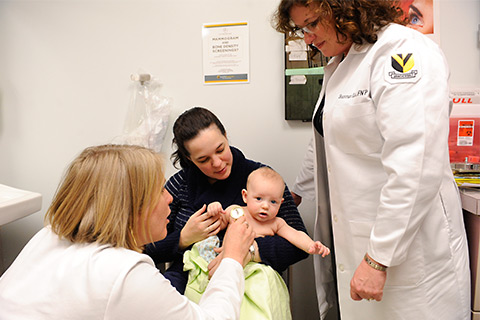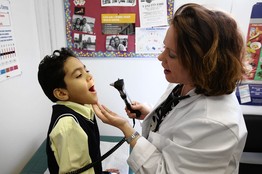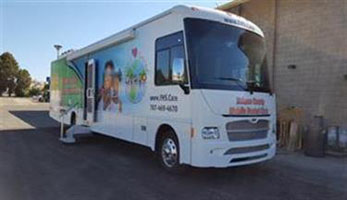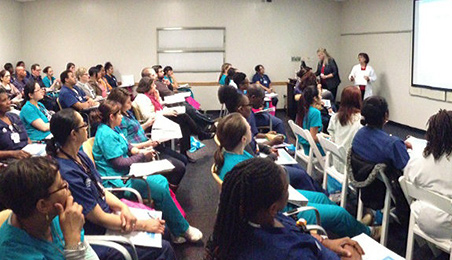Nurses are not often recognized for their professional expertise. I know that when Florence Nightingale started the very first school of nursing her goal was to change how people viewed nurses by educating the nurses (DeNisco & Barker, 2013).
Leadership is important to nursing because without it, there is not going to be anyone to educate new nurses. The baby boomers are retiring and we will need new teachers that are prepared to teach new nursing students as well as students at the graduate level. Recent studies show that nurses that are prepared with their bachelor’s in nursing experienced less pressure ulcers, deep vein thrombosis and hospital acquired infections in their patients. It was noted that although an associate’s degree is less costly and provides the care needed to a patient; by the year 2020 the goals are 80% of nurses will have their BSN and doubling for nurses with their doctorate.
There are organizations that provide nurses of higher education grants to conduct research and be able to make difference. In order for these research projects to be done, it is required that the nurse be able to write a solid proposal request for the grant. This may require the skill of a grant writer, but the nurse must be knowledgeable in the project and what it entails in order to help the grant writer correctly write the grant to fund the project that the nurse wants to do (Laden, 2013).
In Orlando, we have the Florida Nurses Association. It is an organization that will support nurses from the student level through the advanced level. The organization is involved in many things especially any that are legislative where a nurse wants to make a difference. The Florida Nurse’s Association has subgroups called Special Interest Groups ( Sigs), these groups will benefit the members because they are formed to specialize in something that a particular group wants to see changed. For example there is a group called Nurse Entrepreneur Special Interest Group, this groups supports nurses that have an entrepreneur business that they want to start or have started. If there is a group that you want to start for a particular interest that you have and it is not a group already listed here, then after speaking with leadership in the group, if they approve it, then you could start it. The group is responsible for having ten members in it in order for the group to work. A master’s and beyond prepared nurse would be able to conduct research needed for any new programs that need to be implemented.
References
DeNisco, S. M., & Barker, A. M. (Eds.). (2013). The slow march to professional practice. Advanced Practice Nursing (2nd ed., pp. 6-17). [Vital Source Bookshelf].
Ladden, M. D. (2013). The Case for Academic Progression: Why Nurses Should Advance Their Education and the Strategies that Make this Feasible. Retrieved from http://www.rwjf.org/content/dam/farm/reports/issue_briefs/2013/rwjf407597
